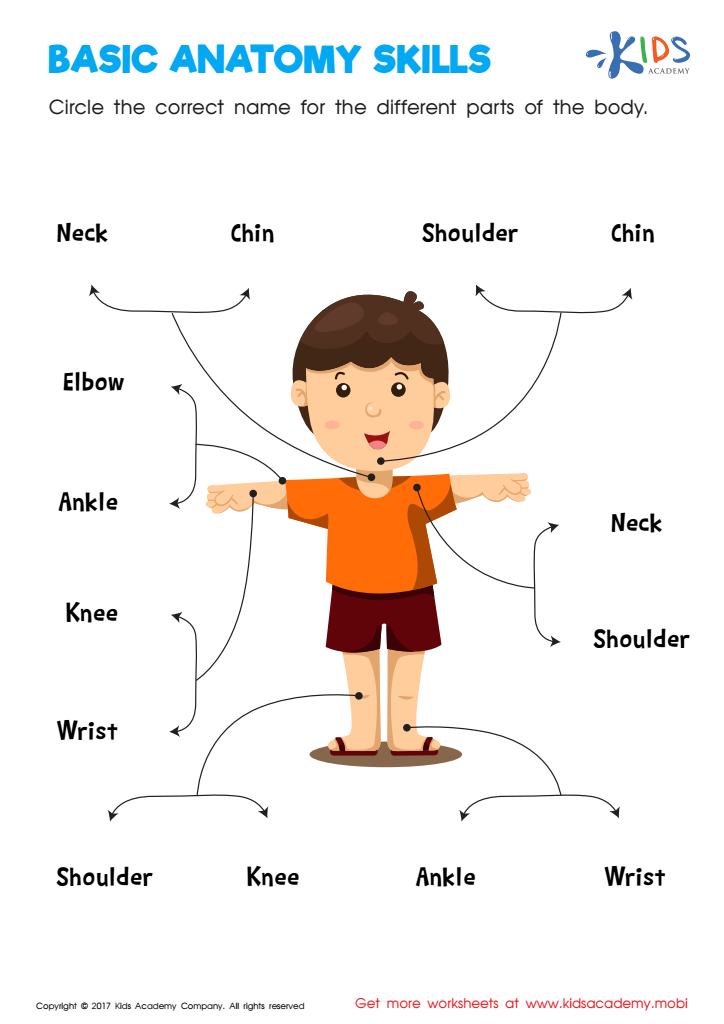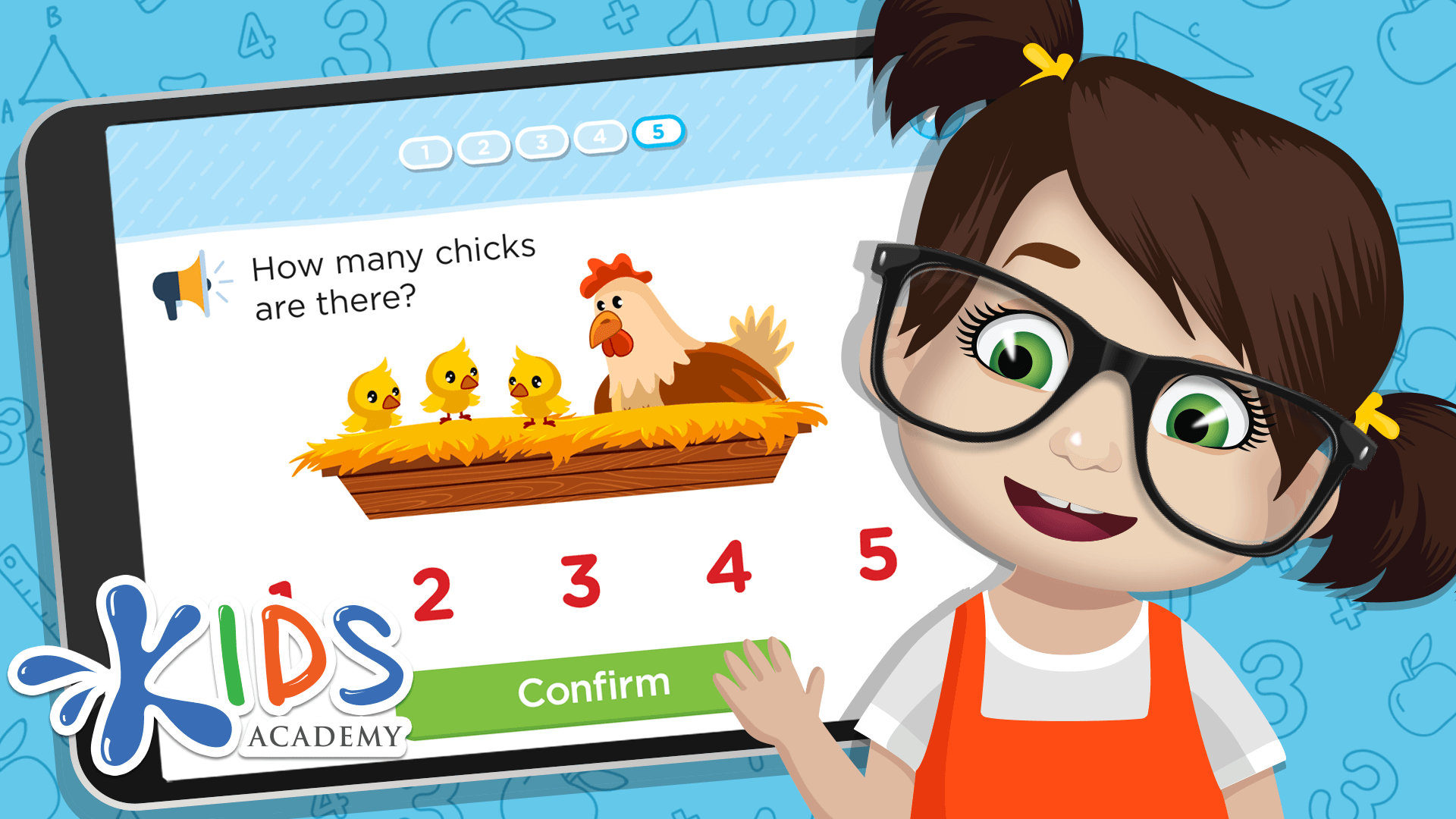Identifying body parts Worksheets for Kids
1 filtered results
-
From - To


Basic Anatomy Skills Printable
Question/Answer
What does the Identifying body parts skill mean when it comes to Kindergarten Our Body and Health learning?
The Identifying body parts skill in Kindergarten Our Body and Health learning refers to the ability of young learners to recognize and name various parts of the human body, such as the head, arms, legs, eyes, ears, etc. This foundational skill helps children become aware of their own bodies and understand how different parts function and relate to each other.
How does the mastery of the Identifying body parts skill affect a student's performance at an early age?
Mastering the Identifying body parts skill at an early age positively affects a student’s performance by enhancing language development, increasing body awareness, and fostering fine motor skills. It lays a foundational understanding of anatomy that supports future learning in science and health education, and it boosts confidence and participation in activities related to physical education and personal hygiene.
What are some effective activities to train students’ Identifying body parts skill when teaching them about Our Body and Health?
Effective activities include "Simon Says" with body parts, matching games with body part cards, labeling body parts on a human silhouette, interactive digital games focused on body part identification, and "Body Part Bingo." These activities engage students interactively, reinforcing their understanding and memory of body parts through visualization, movement, and repetition.
 Assign to the classroom
Assign to the classroom












